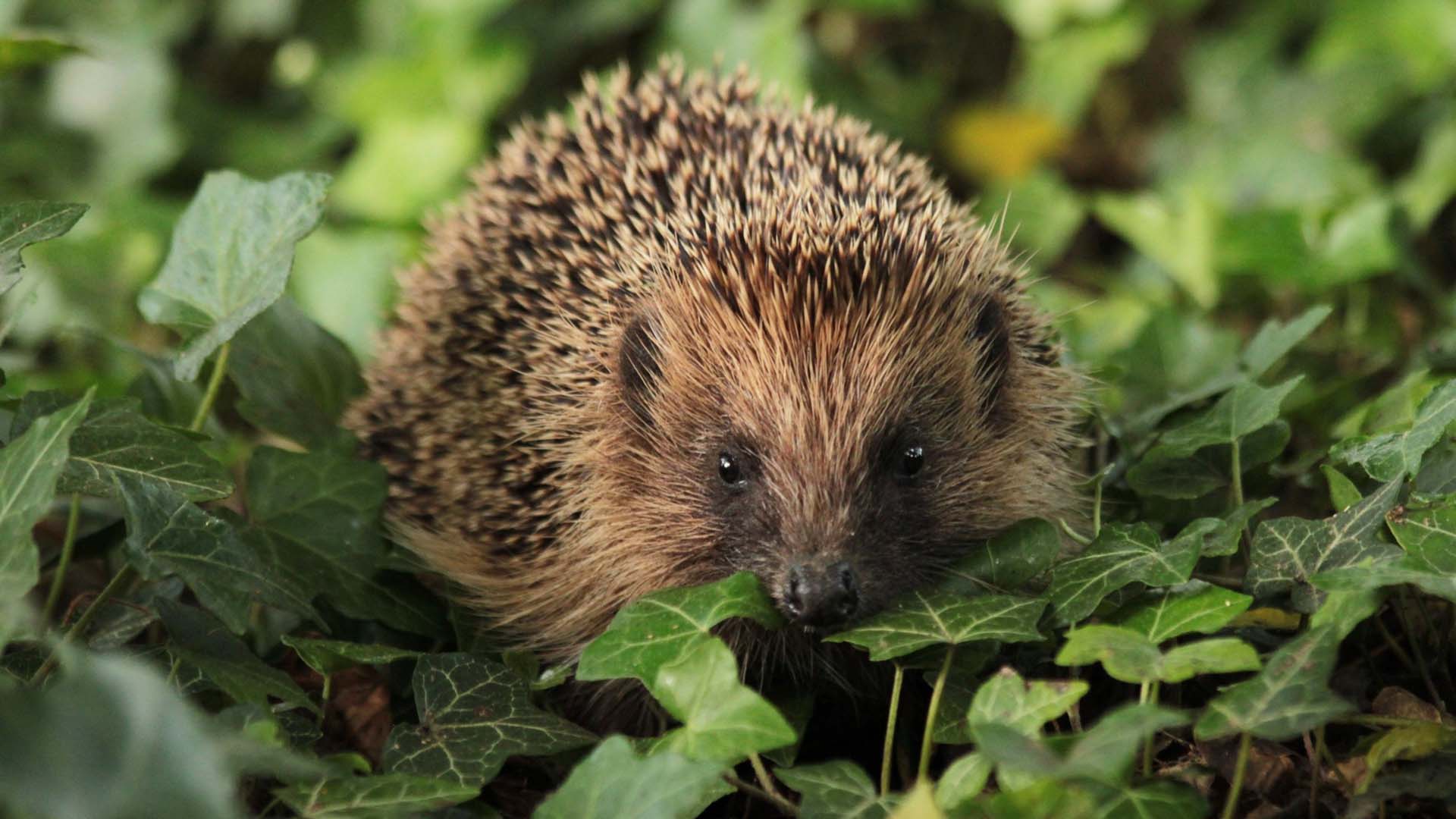How to grow penstemons
Expert tips on how to grow penstemons and which varieties provide the best long-lasting summer colour in your garden

Expert tips on how to grow penstemons and which varieties provide the best long-lasting summer colour in your garden

Penstemon are reliable summer-flowering perennials in all but the coldest regions. Also known as the beardtongue, this semi-evergreen was a big Victorian favourite.
All penstemons are at their best in late summer and autumn and, if you deadhead them, they produce flowers continuously until late autumn.
Val Bourne is an award-winning organic gardener, writer and lecturer. She's got the best advice on how to plant penstemons in your garden and get the best out of them.
Plant penstemons in early summer so they have a chance to establish a root system before winter.
Penstemons come from a wide range of positions in North and Central America, from alpine to rocky plain. They all need good drainage and good light. They are drought tolerant and slug-proof.
For many years penstemons were grown as summer bedding plants. New cuttings were taken every year and eventually vigour suffered and many penstemon varieties disappeared from gardens. However, alpine specialists continued to grow the shorter, earlier species.
Penstemons reach about 60 cm in height (2 ft) - although heights vary according to variety.
Penstemons bloom from early summer and with deadheading can continue flowering well into autumn.
Many penstemons are borderline hardy, but they generally survive British winters as long as some top growth is left largely intact. Once new growth reappears (in March or April) cut back hard to just above the new shoots. Pruning in spring prevents the penstemon becoming woody by encouraging a flush of summer growth.
Leave penstemon leaves intact until April, only cutting back the leaves to the lowest shoots when spring is well and truly here. Don't cut your penstemons down in autumn because they are slightly tender.
Penstemons are short-lived and plants lose vigour after four years or so and they become ragged and woody. Young plants, on the other hand, flower better and throw off wintry weather so it’s well worth raising young plants yourself by taking cuttings during July and August. This is an easy process and it will keep a supply of plants going. You can take cuttings in September but the root systems are going to be poor and some may succumb over winter.
Look for semi-ripe wood produced this year. It should feel pliable, but not soft and new. Cut away three- to four-inch pieces and remove any flower buds. Trim underneath the leaf node - where the leaves appear - and then reduce any overly large leaves.
Fill half-size seed trays with damp horticultural sand and plunge the cuttings into the sand so that most of the cutting is submerged. Pot the cuttings up in gritty compost once they root. If you have cuttings still in trays at the end of August, leave them there until the following spring and plant out when rooted.
Penstemons fit into the traditional herbaceous border well because they provide spires of flower in a range of colours. Many also have bright-green foliage which tends to look out of place next to sun-loving, aromatic plants.
The dark-flowered forms flatter silver foliage, but the pinks and electric-blues mix in well with traditional herbaceous like peonies, roses, fuchsias, hardy geraniums and scabious. Penstemons extend the planting all over the garden because they carry on until frost calls a halt.
Flower shape varies and the slender trumpet shaped flowers are easier to place than the wide-mouthed, large-flowered forms such as the pink and white 'Osprey'.
This June-flowering penstemon, with Penstemon heterophyllus blood, has masses of electric-blue flowers with a warm hint of pink, which shimmer in sunlight from early summer until late-autumn.
'Catherine de la Mare', named after Walter de la Mare’s daughter-in-law, reaches two feet in height. However, the more sprawling Penstemon heterophyllus makes a prostrate plant for the front of a border.
Many blue penstemons (including 'True Blue') are related to this floriferous, early species. Given good drainage all penstemons should survive most winters, but they must keep most of their foliage over winter. Take cuttings in summer as an insurance policy.
Edward Wilson, breeder of 'Bubble Gum', has been breeding penstemons for many years at Pensham in Worcestershire. 'Bubble Gum', a white-throated pink-red, is part of the Ice Cream series named after sweets. They all have large flowers with distinct white throats, sometimes veined.
'Blueberry Fudge' is a lilac, 'Juicy Grape' is cerise-pink, 'Melting Candy' is a soft pink and 'Strawberries & Cream' is a pale pinky-white with deep red markings in the throat. Other named varieties include 'Raspberry Ripple', 'Sweet Cherry' and 'Vanilla Plum'.
Saga Home Insurance provides cover that goes beyond what you might expect. For more information and to get a quote click here.
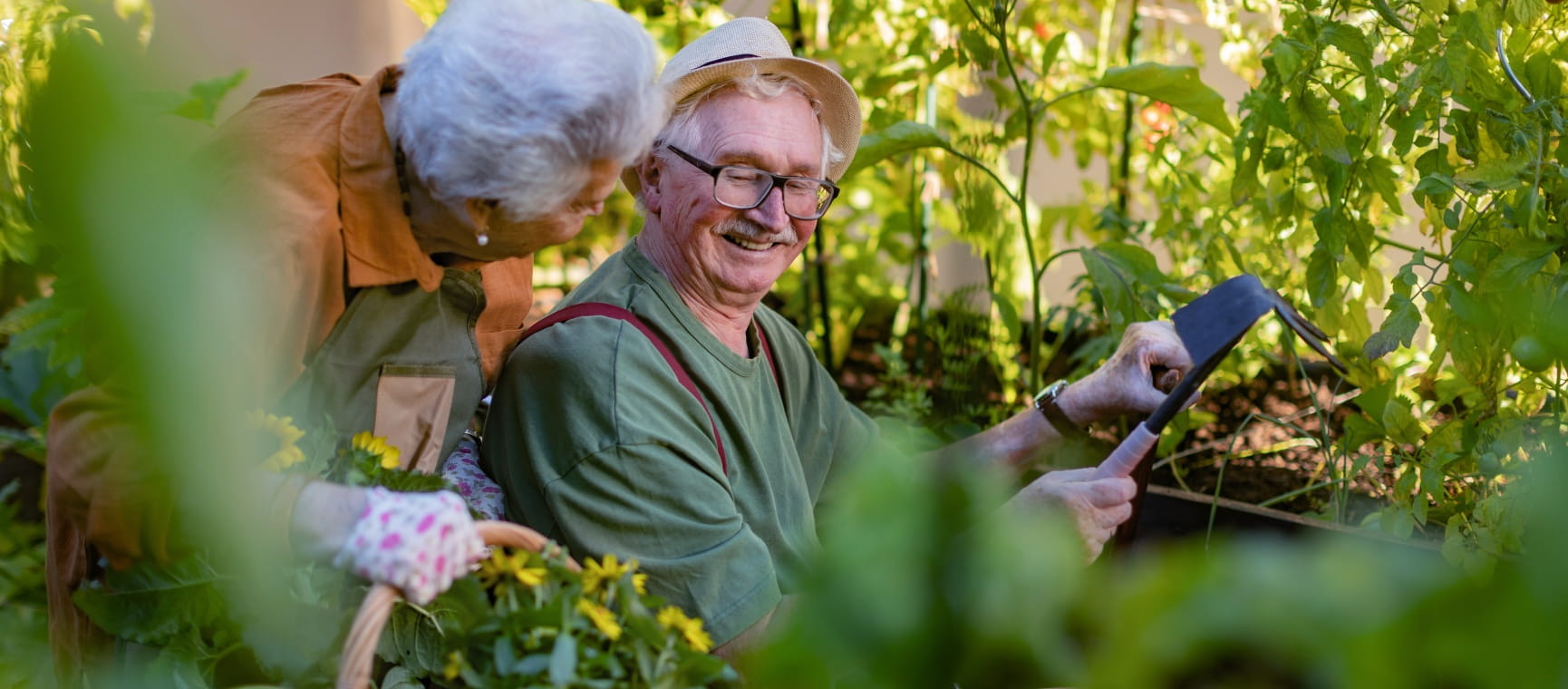
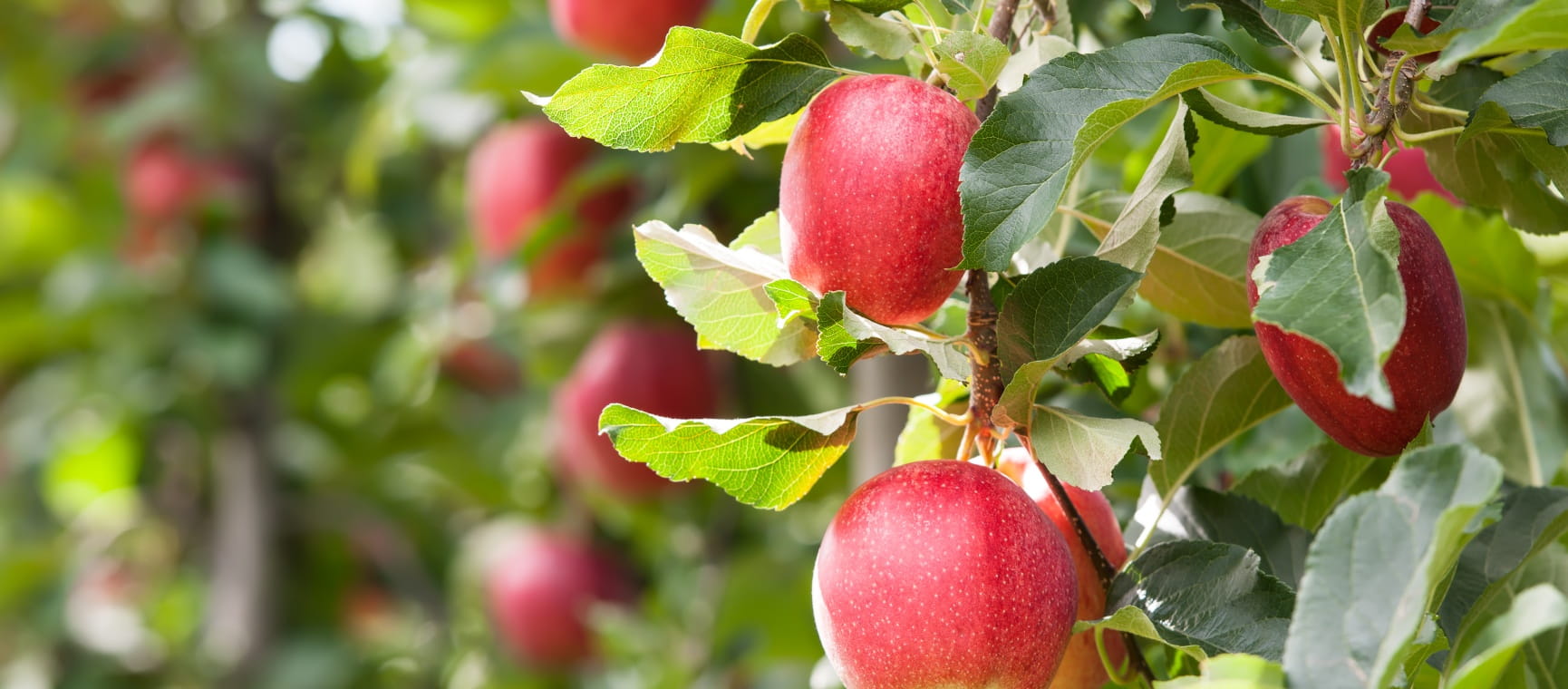
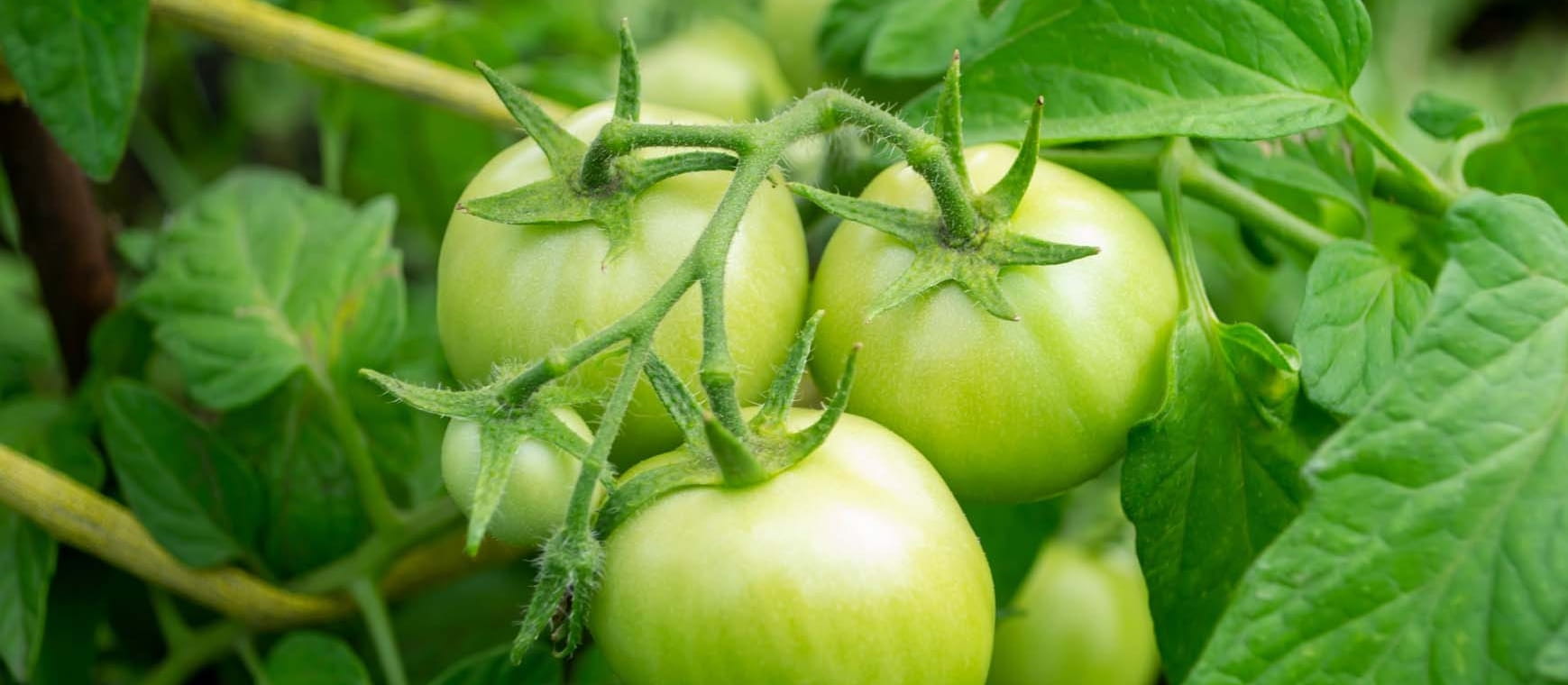
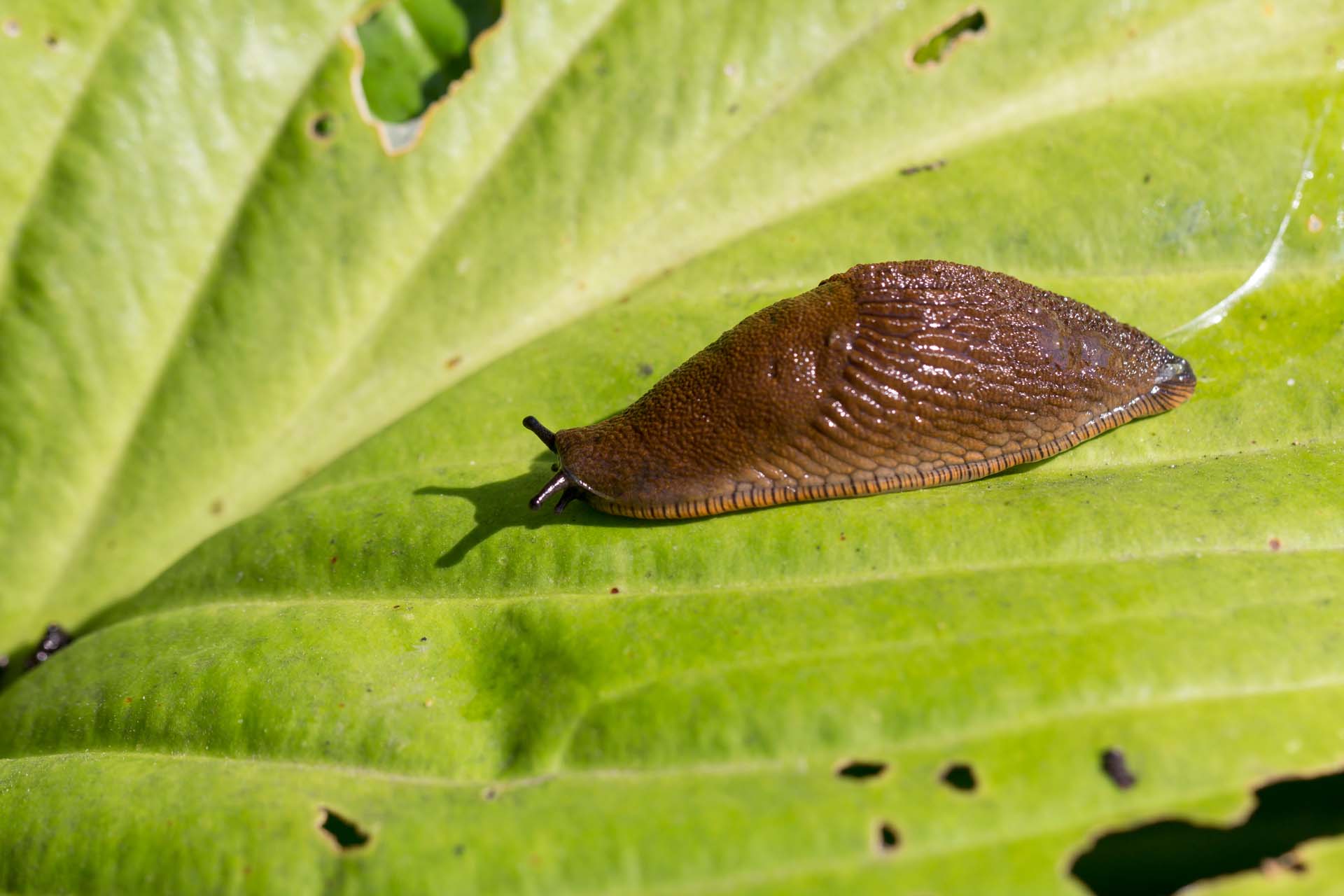
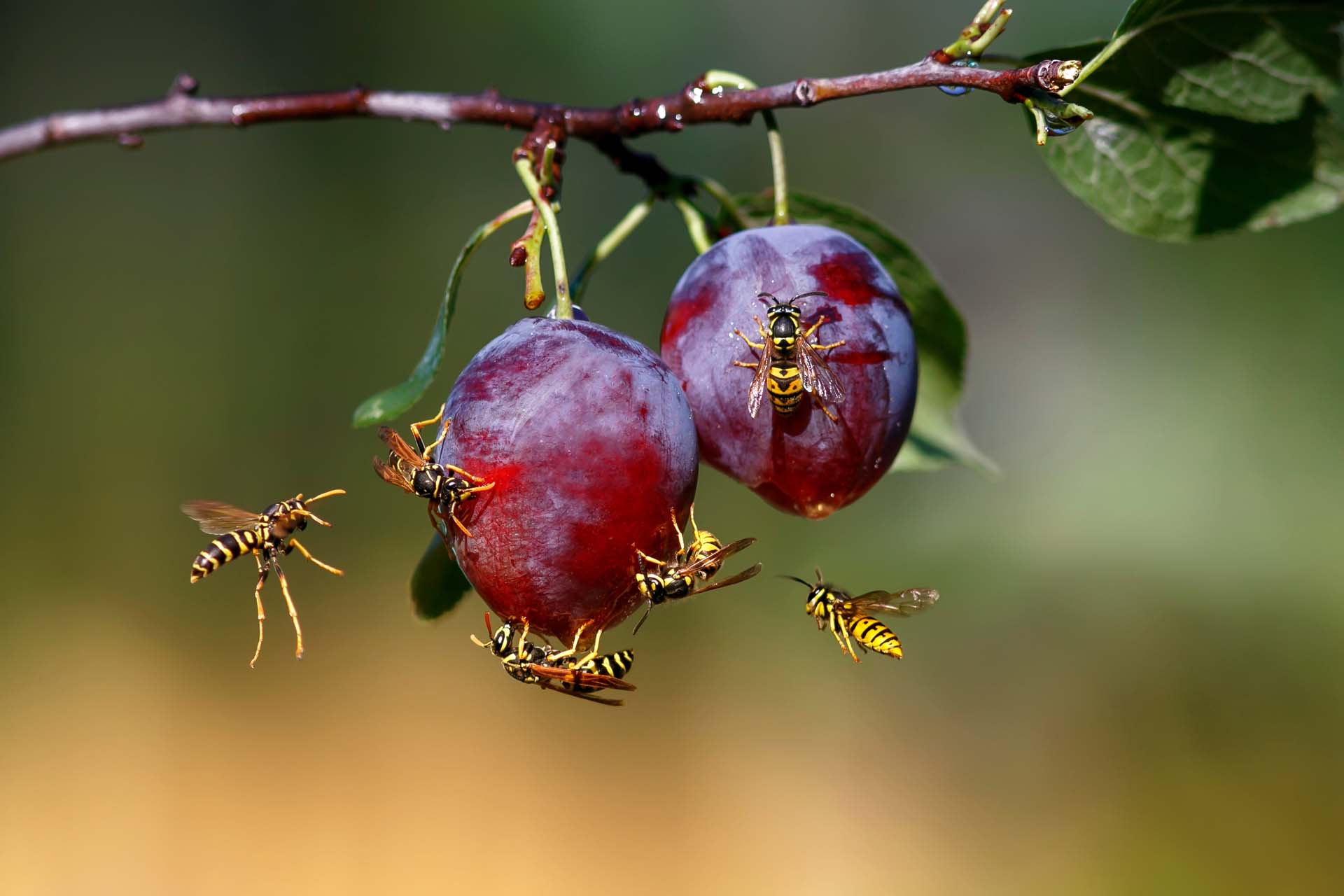
Blighted by buzzing? How to keep wasps out of your garden without harming them so you can enjoy the summer.
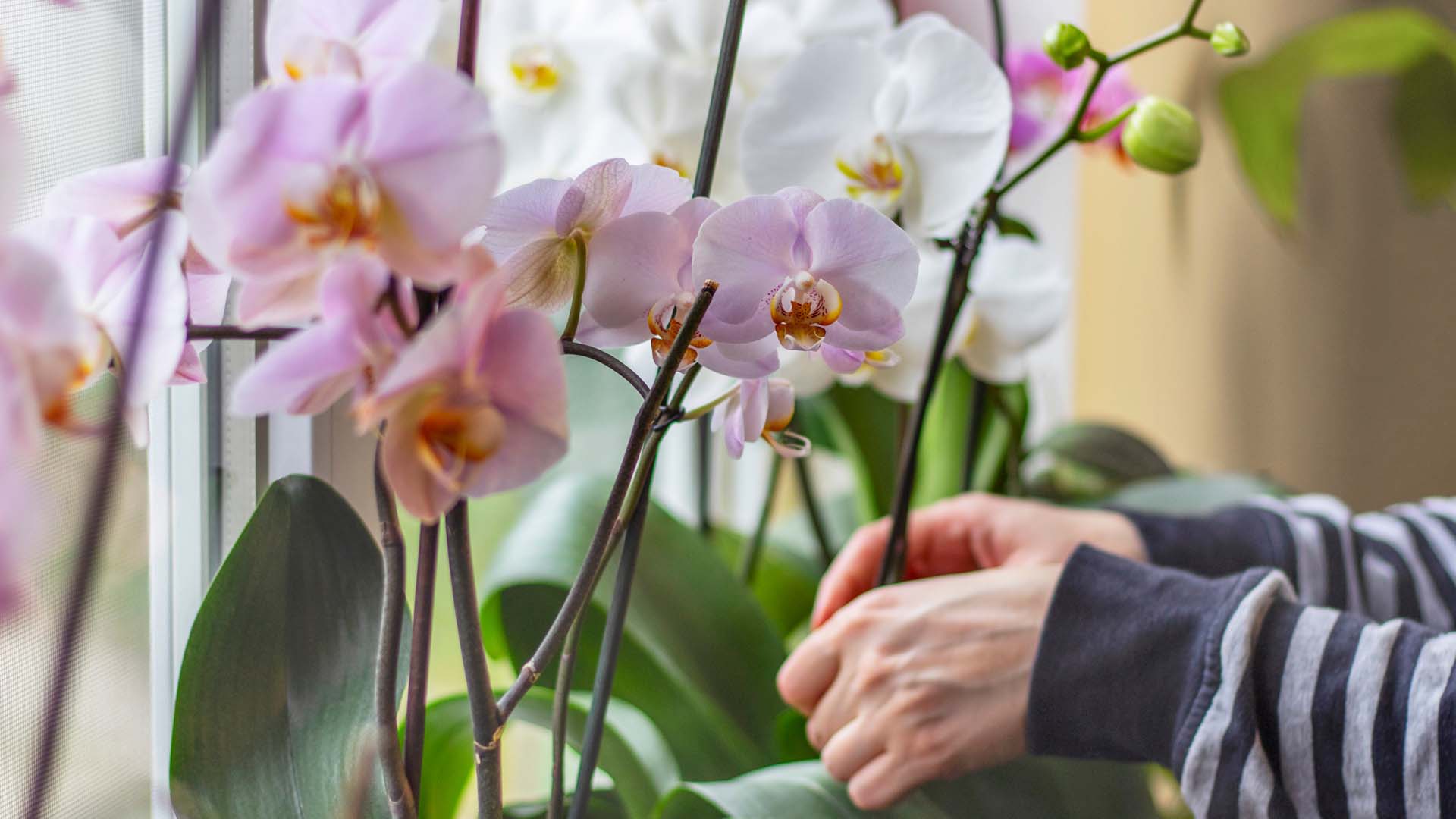
Our expert pruning and watering hacks include a top tip to keep them flowering from Alan Titchmarsh.

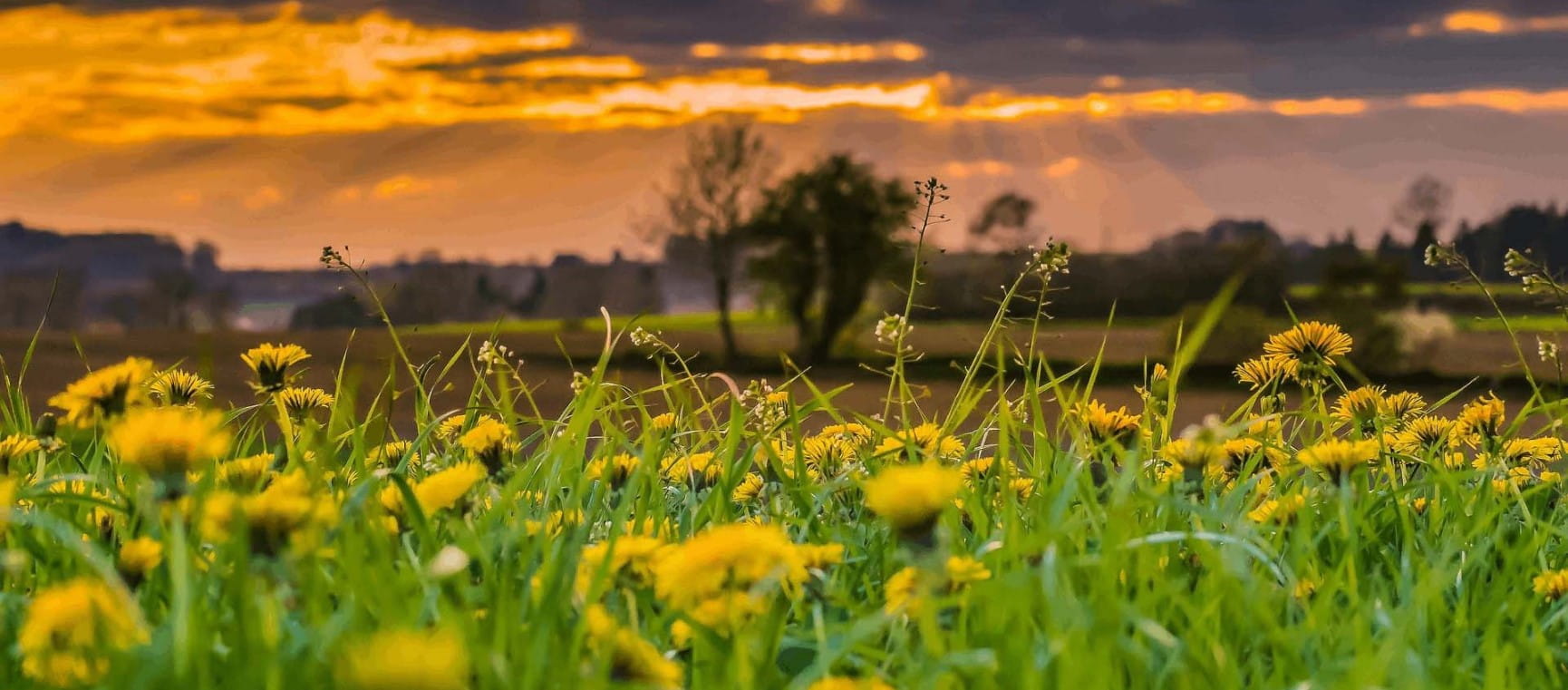
Want to know how to get rid of dandelions? Advice on how to tackle them but why they might be worth sparing.
